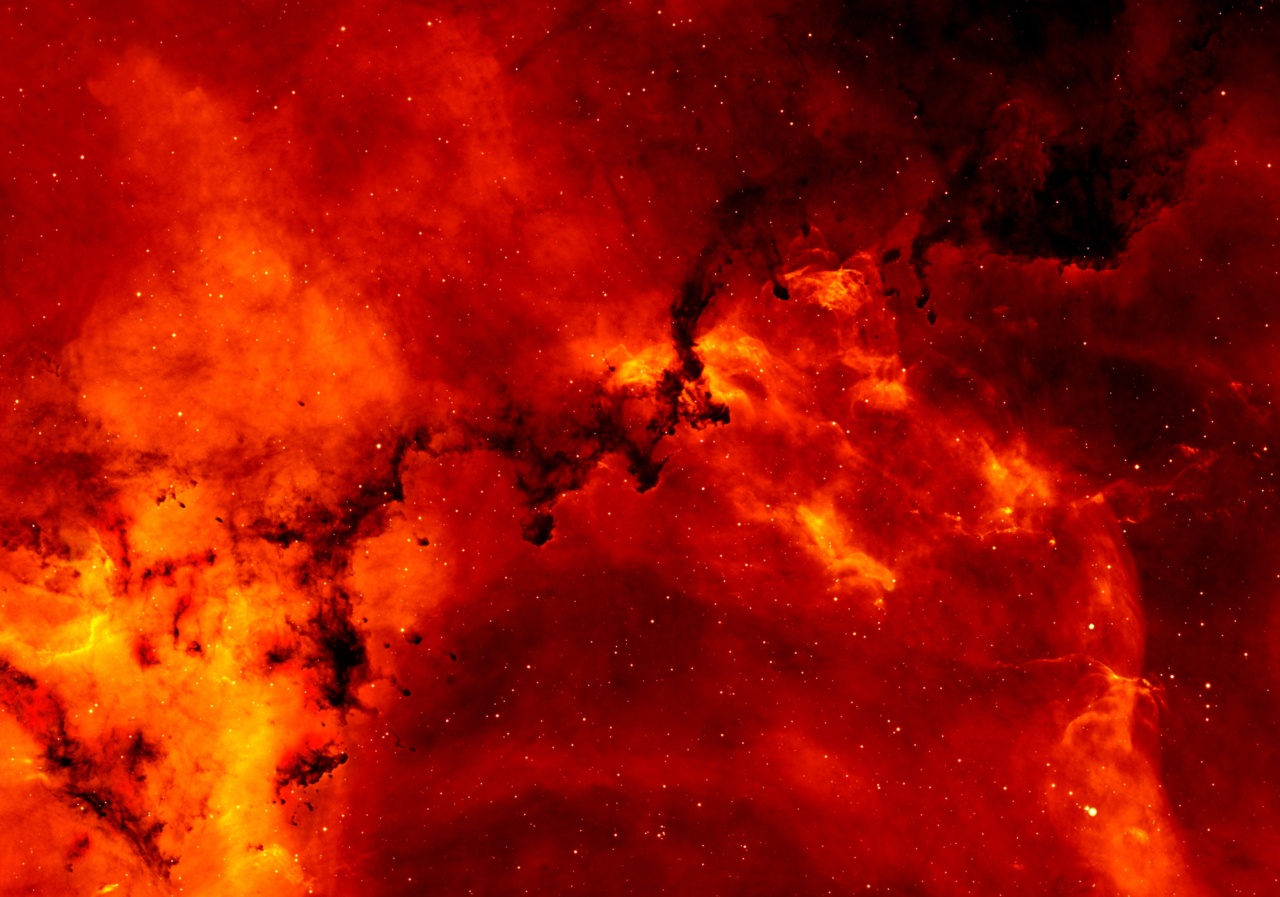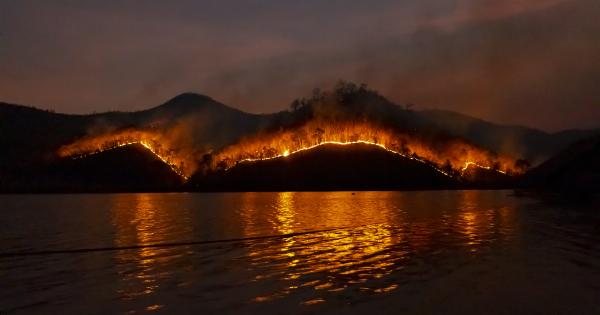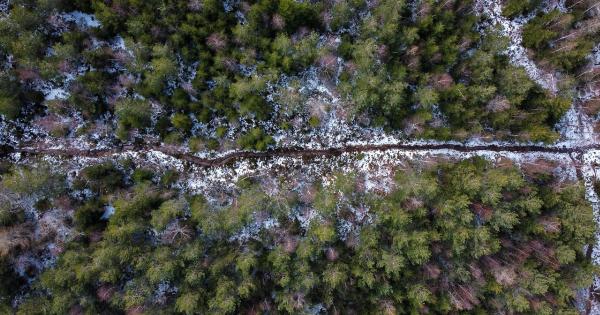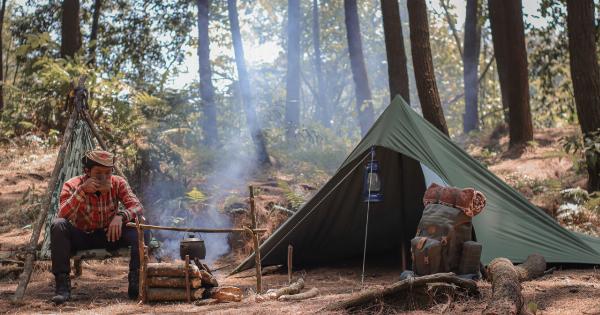Fire is often associated with destruction and devastation, but it also has the power to bring about progress and evolution. While forest fires may seem like a disaster, they actually play a crucial role in shaping and renewing ecosystems.
In this article, we’ll explore the different ways fires contribute to evolution and progress, and how scientists and land managers are harnessing these natural occurrences to create healthier and more resilient landscapes.
What Happens After the Flames Die Down?
After a forest fire, the landscape may look barren and desolate. However, the ash acts as a natural fertilizer, enriching the soil with essential nutrients like phosphorus, potassium, and nitrogen.
These nutrients stimulate the growth of new vegetation, fueling the recovery and regeneration of the ecosystem. The intense heat of the fire also causes some plants to release seeds that have been dormant for years, triggering new growth in areas that were previously barren.
Another benefit of forest fires is that they open up the canopy, allowing more sunlight to reach the forest floor. This stimulates the growth of ground cover and understory plants, which are important habitats for many species of wildlife.
Adaptation and Resistance
Forest fires also play a crucial role in the adaptation and resistance of plant species. Over time, plants and trees in fire-prone areas have evolved to survive and thrive in the presence of fire.
For example, some species of trees have thick bark that can withstand the heat of a fire, while others have leaves that are more fire-resistant than others. Plants that can survive fire are more likely to pass on their genes to the next generation, shaping the landscape for the future.
In some cases, forest fires can also help eradicate invasive species that have taken hold in an area. These non-native plants often have shallow roots and are highly flammable, making them vulnerable to fires.
When these species are wiped out in a fire, it opens up opportunities for native plants to re-establish themselves and improve the health of the ecosystem.
Prescribed Burns: Harnessing the Power of Fire
While forest fires may seem unpredictable and uncontrollable, there are ways to harness their power and use it to create healthier landscapes.
One such method is prescribed burns, in which a controlled fire is set intentionally to mimic the effects of a natural fire. By burning off accumulated fuel, prescribed burns reduce the risk of uncontrolled fires and promote the growth of native vegetation. They also create diverse habitats for wildlife.
Prescribed burns are conducted by trained professionals, who carefully plan and oversee the fires to ensure they stay within designated boundaries.
They also take into account weather conditions and wind patterns to minimize the risk of the fire spreading beyond the targeted area.
Conclusion: A Brighter Future After the Flames
Forest fires may seem like a disaster, but they play a crucial role in shaping and renewing ecosystems. By enriching the soil, opening up the canopy, and creating diverse habitats, they promote the growth and adaptation of plant and animal species.
Prescribed burns offer a way to harness the power of fire and use it to create healthier landscapes. By embracing the benefits of fires and working to manage their effects, we can create a brighter future for our forests and the wildlife that depend on them.






























